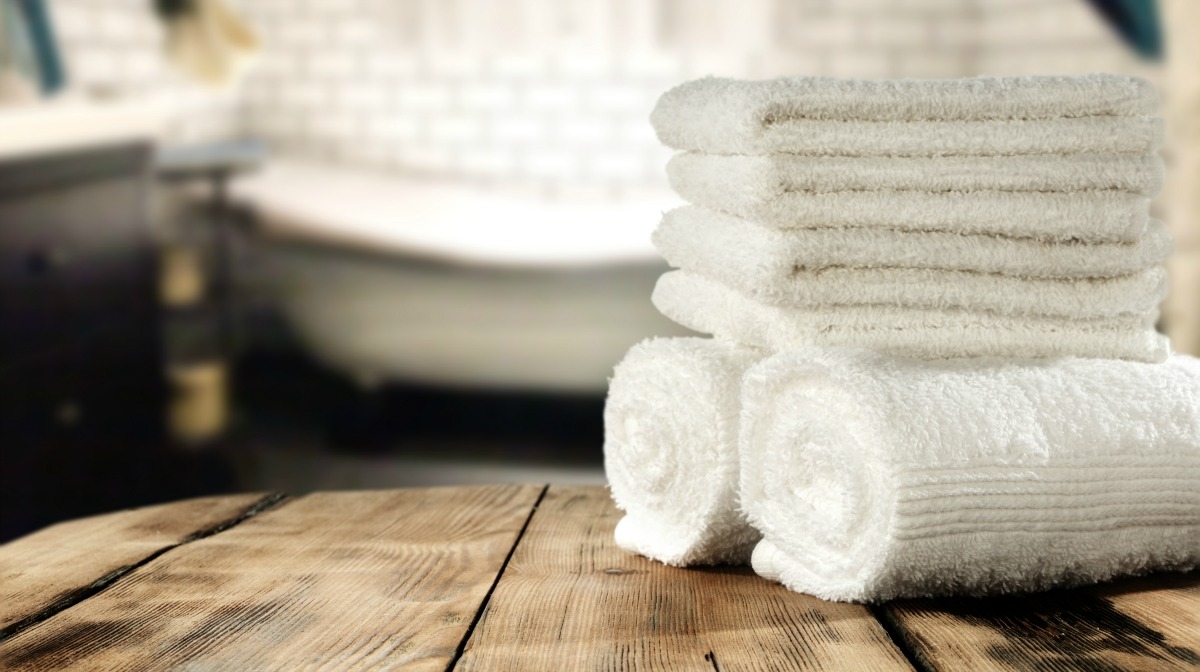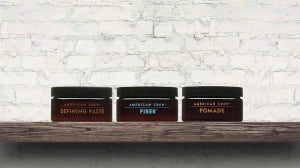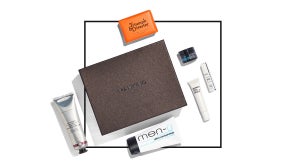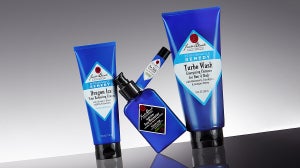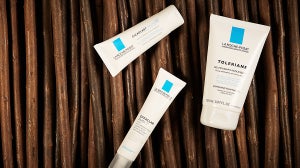
When you're setting up a skincare routine, whether that be a new one or a refresh, it's always good to know where to begin. Check out our post on 'Curating Your Skincare Routine' if you haven't already, which will give you a starting point. If you've read that and you think you have combination skin, this is the post for you.
Combination skin is the most common across all demographics. It's characterised by having traits of all skin types and usually shows oily in the t-zone, with normal to dry skin elsewhere. The t-zone includes the forehead and down the centre of the nose and chin, forming a metaphorical 'T' across your face.
How Do You Know If You Have Combination Skin?
If you feel that your skin doesn't fit completely with being oily or dry, chances are you have combination skin. You may find that your skin is oily across the forehead and down the nose, whilst staying dry around the cheeks and jawline. If you take a piece of tissue and pat it along your t-zone, check for any transfer of oil. Repeat this step with a new piece of tissue across the cheeks. You should notice a considerable difference.
If you feel that your skin may be either oily or dry, we have specific posts for you.
What Ingredients Should You Look Out For?
When selecting products for combination skin, the difficulty arises in the fact that products may have different affects on different zones. Something designed to treat oily skin, might dry out other areas of your face. Here are a couple of ingredients that you should look out for in your skincare, just understand they may target different areas. Looking for products that are labelled 'suitable for combination skin' is also a good starting point.
Clay: Clay helps to absorb excess oil in the skin. Try applying a clay face mask solely on your t-zone to prevent drying out other parts of the face.
Glycerin: Helps to restore moisture to the skin. As it's found naturally in skin, it helps to defend against dryness without leaving excess oil.
Lipo Hydroxy Acid: Working similarly to salicylic acid, lipo hydroxy acid (LHA) decreases the concentration of bacteria and oil inside the pore.
Camphor: Known to assist with many skin concerns, it will help to relieve irritation and redness without drying out the skin.
Panthenol: Present in all living cells, panthenol quickly absorbs into the skin and helps to moisturise. It even helps with the skins anti-inflammatory response over time.
What Products Should You Try?
You won't be able to simply select a whole line for oily skin, as it will dry out other areas of your face. The best advice we can give to someone with combination skin is to have a skincare routine where each product targets a different area. You can use a cleanser and toner that assists with oil, and a moisturiser that helps with dryness. You can also use face masks on specific areas of the face, such as applying a clay mask purely to your t-zone. Mix it up and find what works best for you.
Here are some of our favourite skincare products, suitable for combination skin:

